USB disconnecting and reconnecting is a common issue in Windows 11. The computer doesn’t accept the flash drive or an external device. We have covered an in-depth tutorial on how to fix USB device connection issues on a Windows machine.
Contents
Remove External Devices and Restart Windows
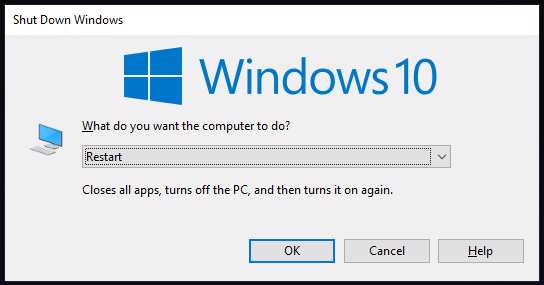
Many external devices interrupt the computer from recognizing new USB drives. Remove the USB devices from the computer and restart the machine. You can keep the keyboard and mouse connected to the computer.
Connect the USB Device to Another Port
Windows installs USB device drivers when you connect them. However, the corrupted or incorrectly configured drivers can create problems for the device. You can always fix the problem by switching the USB port.
1. Remove the drive safely.
2. Find another unused port.
Allow the operating system to install a new drive or configure the USB device.
USB 2.0 vs USB 3.0
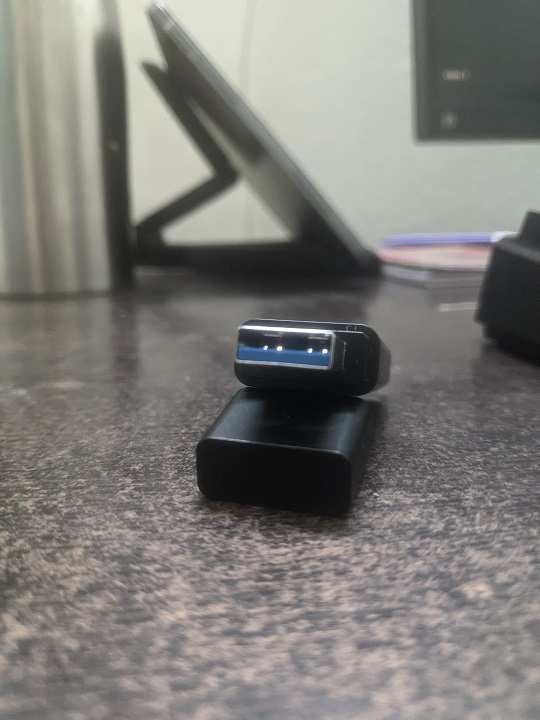
Millions install new operating systems using a bootable live drive. However, the latest UEFI BIOS doesn’t recognize the flash drive. I have encountered them numerous times in the past. Unfortunately, some older machines don’t recognize USB 2.0 devices on a USB 3.0 port.
a. USB 3.0 has a blue strip inside.
b. USB 2.0 has a black strip inside.
Connect your USB 2.0 device to a black strip port.
Clean USB Ports
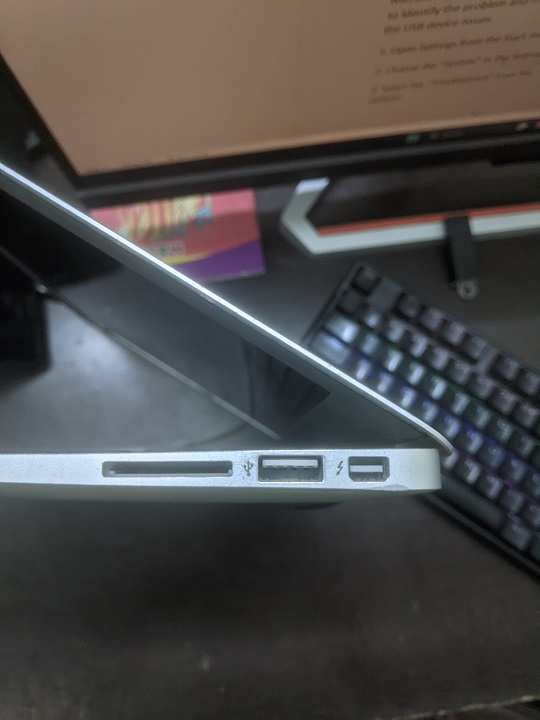
How many times do you clean the computer ports in a month? Most consumers don’t take the PC to a certified technician to remove the dirt, grime, and dust particles inside the case. USB port is a good spot for the dust particles to reside. The USB device is struggling to create a stable connection. I have shared the cleaning procedure to remove the particles from the USB port.
a. Pick up a hair dryer from the dressing room. Blow the air out of the USB ports. Maintain distance to stabilize the emitted heat from the hair dryer.
b. Use a cotton bud to remove the dirt and grime.
c. Spend a few bucks to visit a certified technician and clean the computer.
Dust and grime can destroy the electronic goods in a short period. An appointment and a few bucks for a certified technician can save you money.
Run the Built-In Troubleshooter
Microsoft added the troubleshooter to the latest Windows 11 software. You can use the built-in tool to identify the problem and find the solution. Let me show you where to find the options and scan the USB device issues.
1. Open Settings from the Start menu.
2. Choose the “System” in the Settings window.
3. Select the “Troubleshoot” from the options.
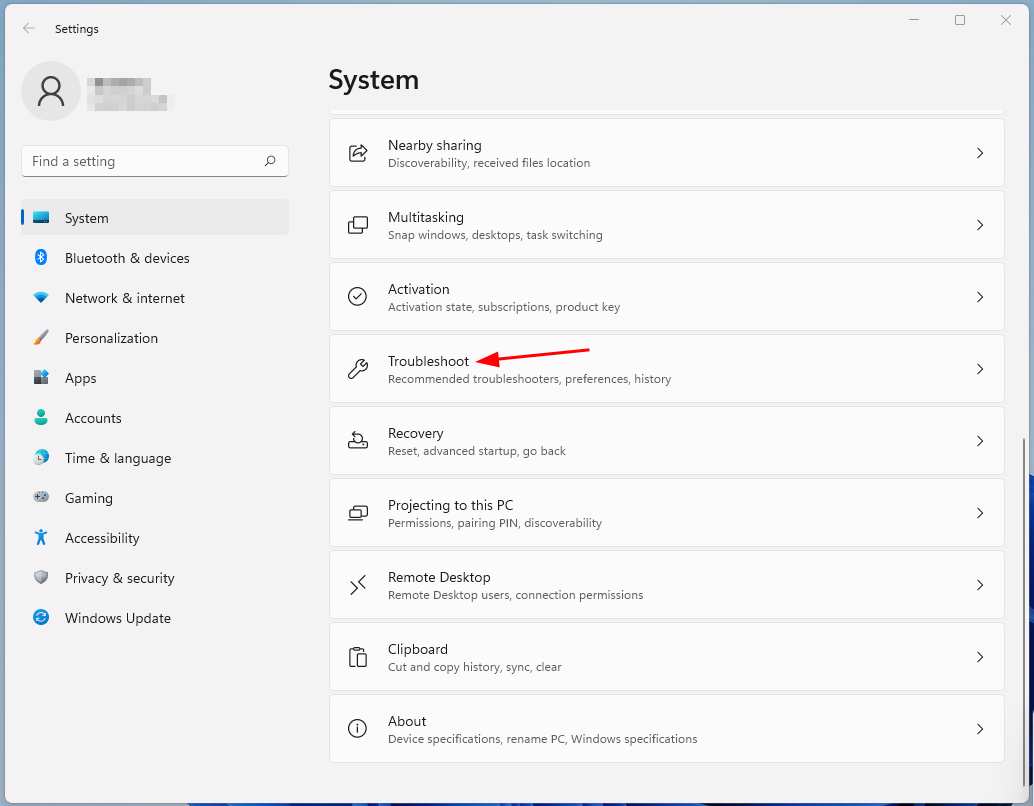
4. Click the “Other troubleshooters” at the bottom.
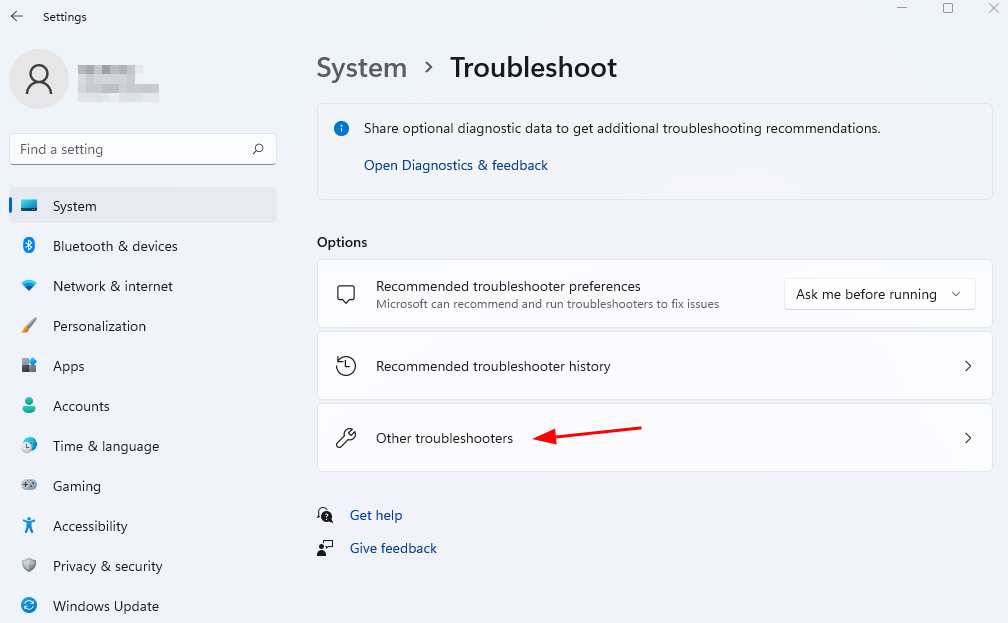
5. Find the device and click the “Run” button.
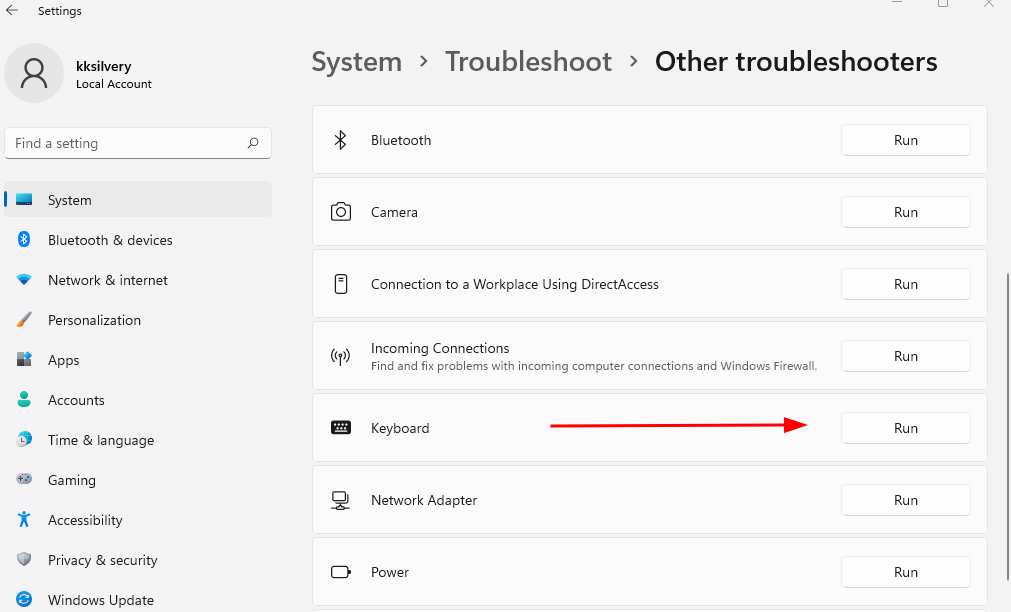
6. Give a few moments for the troubleshooter to scan the device, drivers, services, and more.
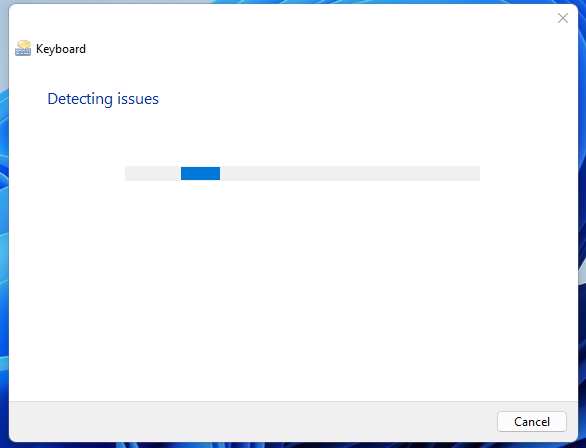
7. You will get the result if there are any issues with the USB device.
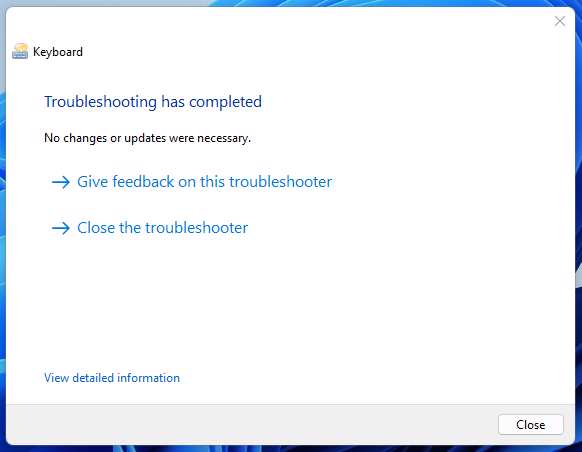
The built-in troubleshooter will suggest a solution. Apply the recommended solution, then continue reading the tutorial if this doesn’t resolve the issue.
Windows Malware or Virus Attack
Malware isn’t on the radar and stops the removable devices from connecting to the computer. I recommend everyone run a full system scan using the anti-virus program. I have suggested one more solution for the malware-infected users.
1. Install Malwarebytes (Free).
2. Run a full system scan.
3. Remove all accessories and devices from the computer. You can leave the mouse and keyboard alone.
4. Do not work in the background until the Malwarebytes finish.
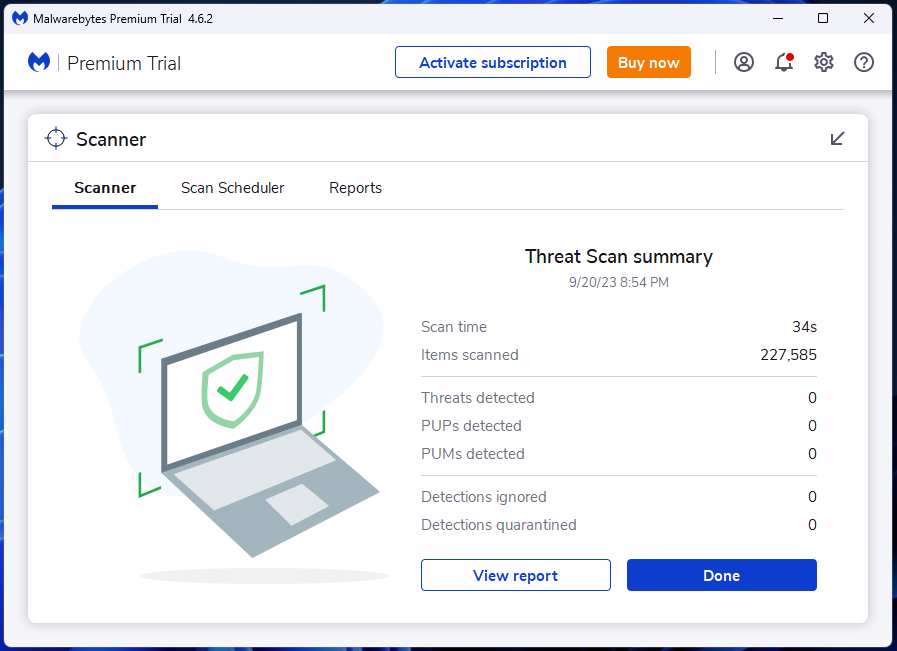
I request readers to back up the data and reinstall Windows using a live USB drive. I have recently installed the Windows 11 operating system because I know it’s not easy to remove malware from the depths of the hard disk.
Reinstall USB Drivers
Force the system to reinstall the USB drivers. Connect your desktop or laptop to an active internet connection because Windows will download and install the latest drivers from the servers. Create a restore point if you are not a tech-savvy individual.
1. Launch “Device Manager” using the search bar.
2. Click the drop-down icon of the “Universal Serial Bus Controllers” option.
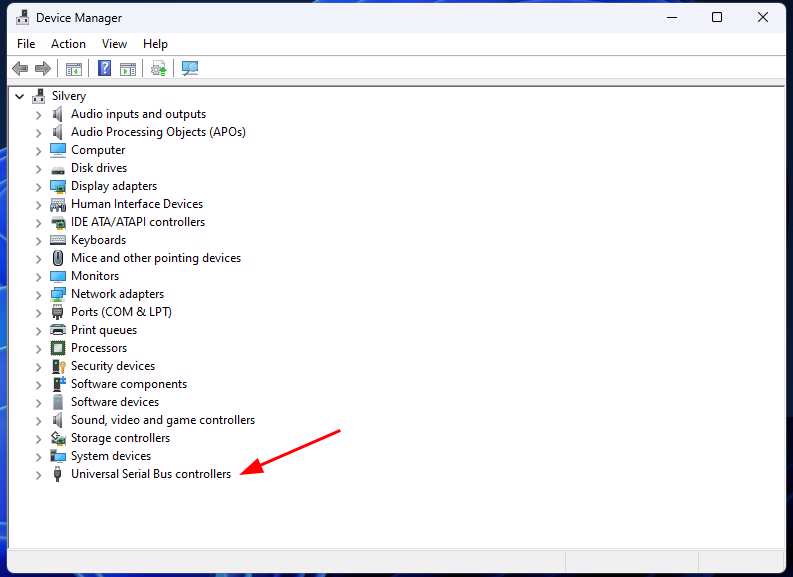
3. Select the “USB Composite Device” driver.
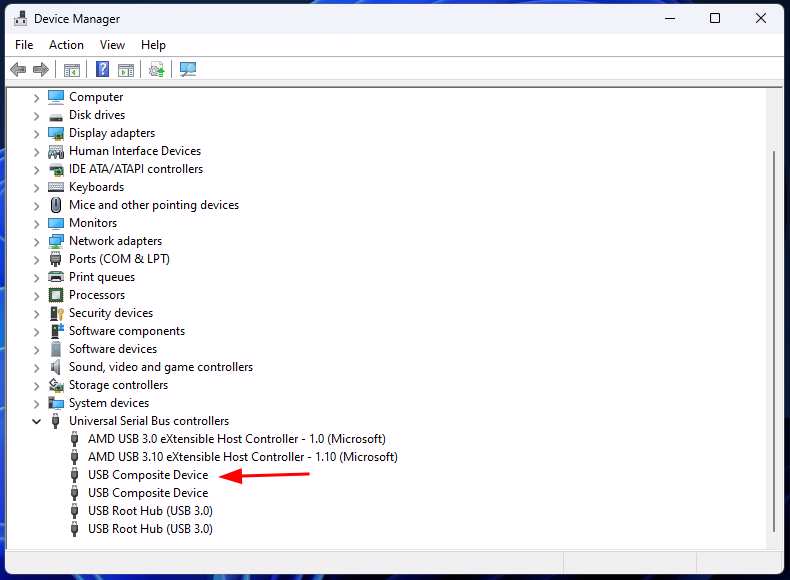
4. Right-mouse click for more options, then click the “Uninstall Device” button.
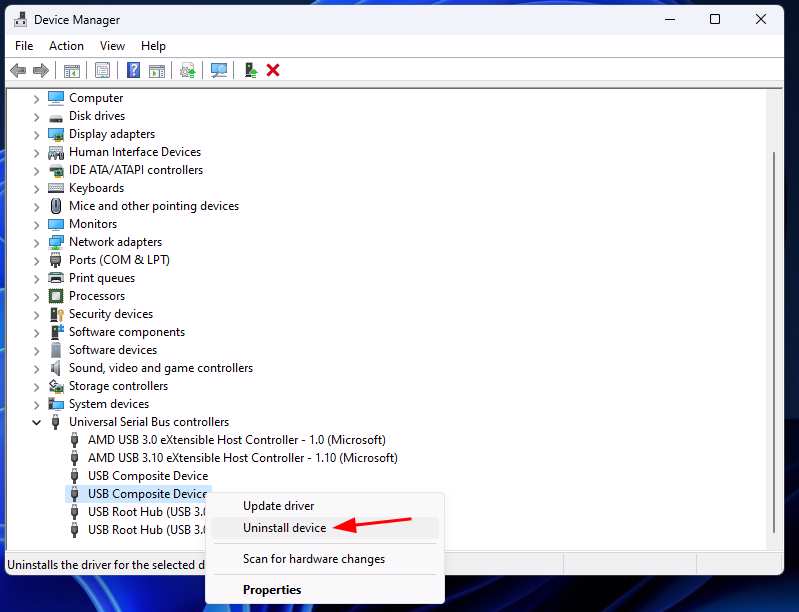
5. Click on “OK” to uninstall the driver.
Repeat the same process until all USB drivers are removed from the system. Restart the computer and allow the Windows Update to install the missing USB drivers. You can visit the motherboard manufacturer’s website to download the latest files.
Bottom Line
The USB device is either damaged or at the end of its life. I request you test a similar USB device on the Windows PC to confirm the doubts. Corrupted operating system files result in similar problems. Reinstall Windows to remove the line of issues. Let us know how you fix USB disconnecting and reconnecting in Windows 11.


